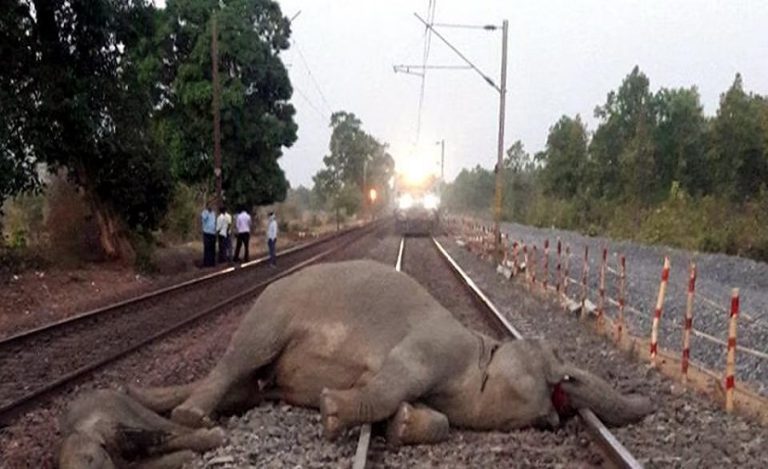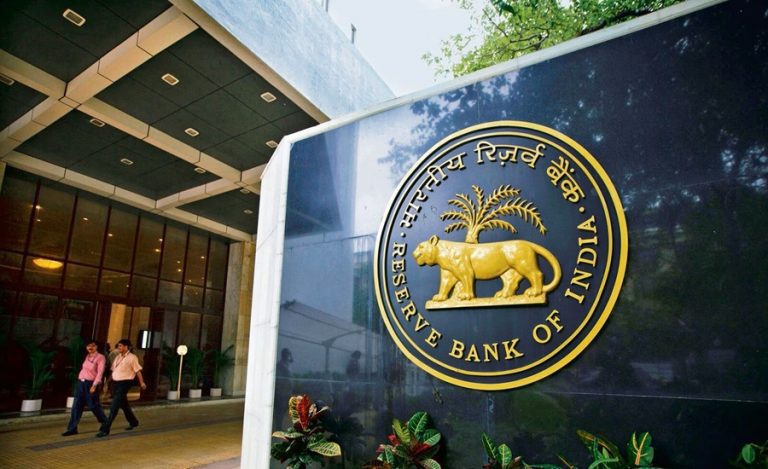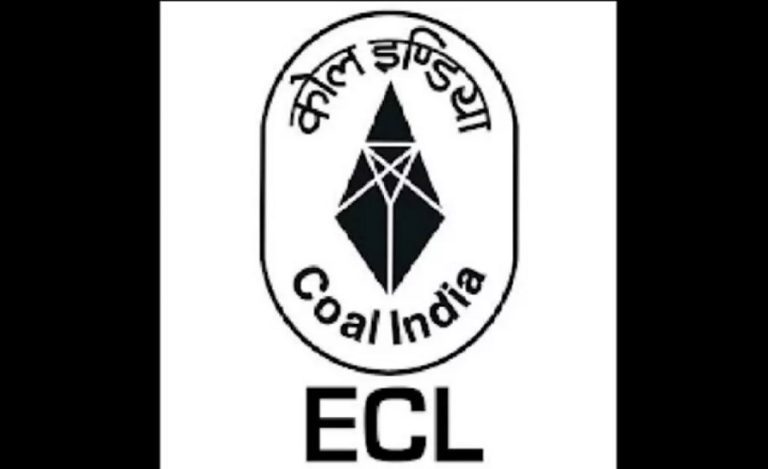Delhi: In a decisive stride towards bolstering India’s nuclear deterrence posture, the Defence Research and Development Organisation (DRDO) has completed the design studies for a next-generation Intercontinental Ballistic Missile (ICBM) featuring state-of-the-art technologies capable of penetrating modern missile defence systems. Building on lessons from the Agni-V MkII and integrating advancements from India’s Submarine-Launched Ballistic Missile (SLBM) programmes, the new ICBM promises to redefine the nation’s land-based strategic reach.
ICBM Revival: A Shift in Strategic Focus
This development marks a significant return to land-based ICBM advancement after nearly a decade of restrained activity. While India has focused extensively on second-strike capabilities through its SLBM projects—such as the K-5, K-6, and K-7 meant for the S-5 SSBNs—this missile signals a renewed emphasis on flexible, rapid-response deterrence platforms.
India’s current long-range missile, the Agni-V, with an operational range between 5,500–8,000 km, has long been a linchpin in India’s nuclear strategy. The successful MIRV (Multiple Independently Targetable Re-entry Vehicle) test under ‘Mission Divyastra’ in March 2024 further validated India’s capability to deploy several nuclear warheads on a single missile with high precision.
The upcoming ICBM builds directly on these capabilities while pushing boundaries in survivability, speed, and evasiveness.
Advanced Capabilities: Designed to Beat ABM Shields
What sets the new missile apart is its robust anti-Anti-Ballistic Missile (ABM) suite—crucial in an era when adversaries are rapidly deploying advanced interception systems such as China’s HQ-19, Russia’s S-500, and the US THAAD.
Key technologies include:
- Maneuverable Re-entry Vehicles (MaRVs): Enabling unpredictable terminal phase movements to evade interception.
- Advanced Decoys & Penetration Aids: Sophisticated fake warhead signatures to confuse and overwhelm enemy radars.
- Low-Observable Trajectories: Quasi-ballistic and depressed flight paths reduce detection and tracking time.
- Electronic Counter-Countermeasures (ECCM): Onboard jammers and radar-absorbing coatings reduce radar signature.
With these features, the missile is expected to deliver up to 10–12 warheads of 150–300 kiloton yield each, across ranges potentially exceeding 10,000 km—targeting not just regional but intercontinental threats.
Also Read: Raksha Rajya Mantri Reviews Missile Advancements at DRDO’s APJ Abdul Kalam Complex
Range Extensions and Strategic Calculus
While India’s Agni-V already covers all of China, including its eastern seaboard, further range enhancements have historically drawn concern from Western powers. Sources suggest India’s long-standing restraint in openly declaring longer-range ICBM development stemmed from diplomatic sensitivities, especially during its Nuclear Suppliers Group (NSG) membership bid.
However, evolving geopolitical realities have shifted India’s calculus.
China’s operational deployment of MIRVed DF-41 ICBMs (12,000 km) and JL-3 SLBMs (10,000 km) onboard Type 096 SSBNs, alongside regional turbulence post-2022 Ukraine crisis, has prompted DRDO to accelerate long-range missile plans. A technology demonstrator is expected by 2025 to validate simulations and counter growing ABM networks in East Asia.
Bridging Agni and K-Series: A Hybrid Missile Doctrine
While the official name for the new missile remains undisclosed, speculation is rife. It could emerge as a continuation of the Agni series—possibly Agni-VI—or revive the long-rumored Surya missile (estimated range: 12,000–16,000 km), shelved since the 1990s. Alternately, it could initiate a new missile family rooted in the stealthy, canisterized SLBM doctrines of the K-5 and K-6.
Experts point to a hybrid approach—leveraging solid-fuel propulsion and advanced guidance from the Agni-V line while adopting platform-flexible features from the SLBM domain—as the most probable direction.
A Strategic Pivot for the Future
India’s nuclear doctrine of credible minimum deterrence under a No-First-Use (NFU) policy necessitates survivable and modern platforms. The upcoming ICBM, with its emphasis on ABM evasion and MIRV delivery, addresses a critical strategic gap in the land-based leg of the nuclear triad.
With the global security environment undergoing rapid shifts, India’s focus on resilience, responsiveness, and technological depth in its missile arsenal sends a clear signal: The strategic deterrence architecture is evolving, and the nation remains firmly on course towards self-reliant security dominance.
Also Read: Precision from the Sky: DRDO Successfully Tests Next-Gen ULPGM-V3 Missile from Indigenous UAV



























